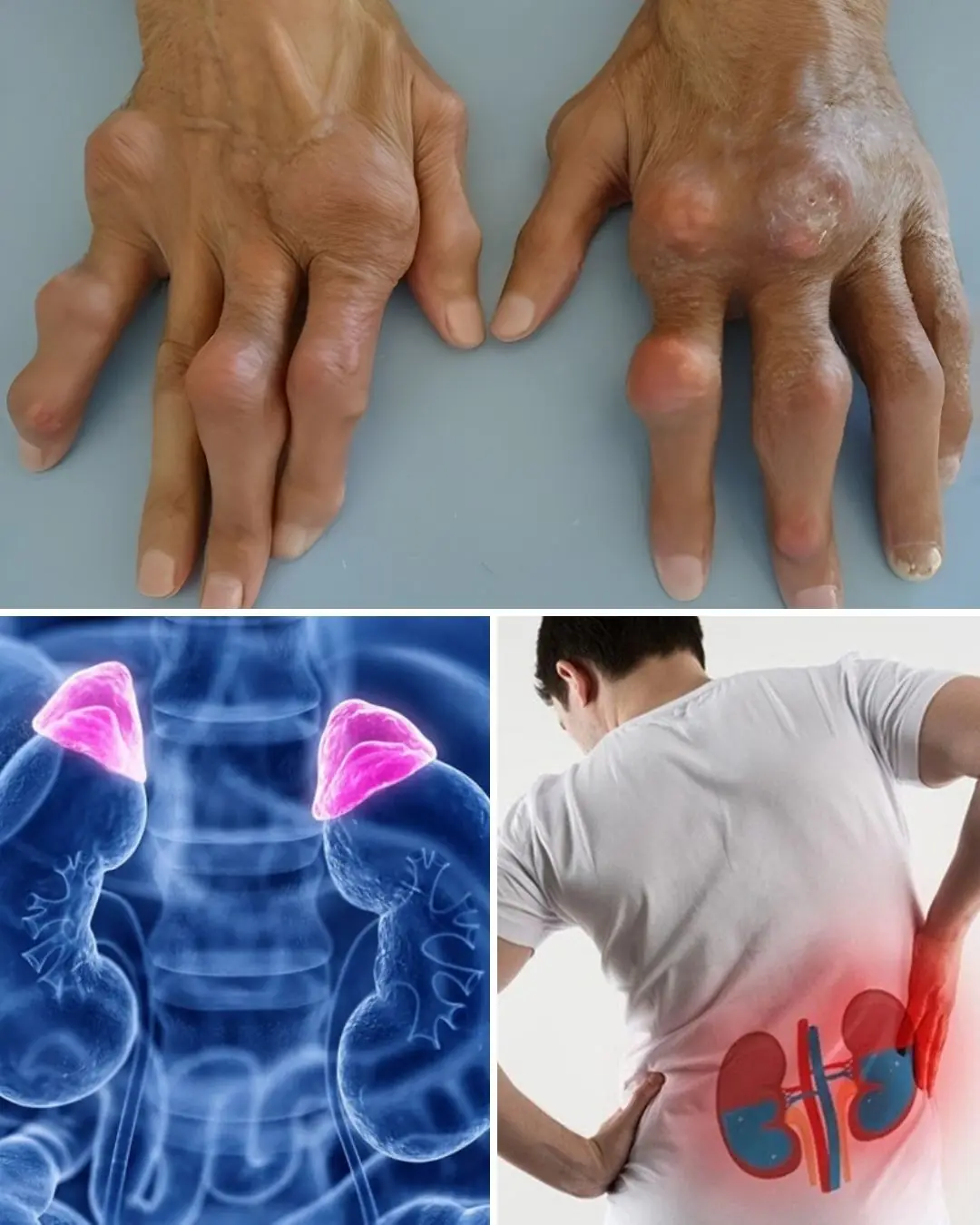
The Rise of Kissing Bugs
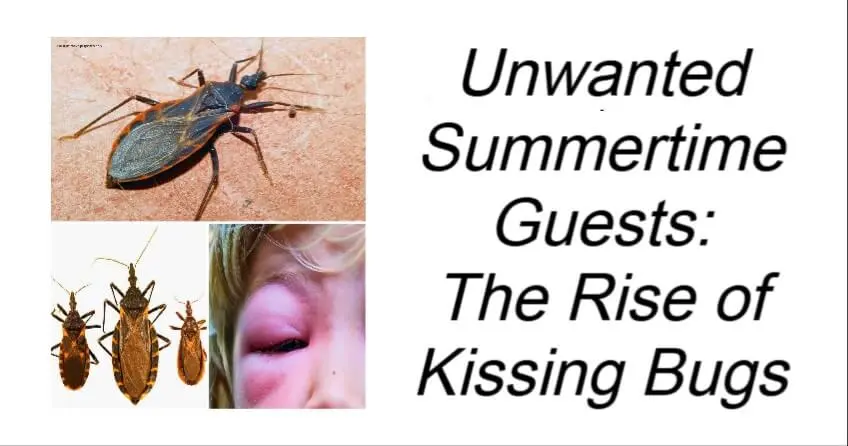
Summertime is often associated with sunshine, picnics, and long evenings outdoors. Unfortunately, it’s also the season when pests thrive — from mosquitoes and ticks to a lesser-known but potentially dangerous insect: the kissing bug. Although not as familiar as other summer pests, kissing bugs can pose significant health risks, including the transmission of a serious illness known as Chagas disease. Understanding how these insects live, where they hide, and how to prevent exposure is essential for keeping your family and pets safe.
What Are Kissing Bugs?
Kissing bugs, also called triatomines, are nocturnal blood-feeding insects that prey on both humans and animals. During the day, they conceal themselves in dark, secluded areas — behind walls, under porches, or inside animal nests — emerging only at night to feed.
What makes them particularly sneaky is their saliva, which contains an anesthetic compound. This numbs the skin at the bite site, allowing the insect to feed for several minutes without being noticed. Because they are drawn to the carbon dioxide people exhale, kissing bugs often bite near the mouth, eyes, or cheeks — hence the nickname “kissing” bugs. Clusters of small bites on the face may be the first clue that these insects are nearby.
Though they usually live in wooded or rural areas, kissing bugs can easily enter homes through small cracks, torn screens, or gaps near windows and doors. Once indoors, they may hide in mattresses, pet bedding, or piles of clothing.
Kissing Bugs and Chagas Disease
The main reason kissing bugs are concerning is their ability to spread Chagas disease, a parasitic infection caused by Trypanosoma cruzi. This disease is common in parts of South and Central America and Mexico, but cases are now appearing more frequently in the southern United States.
According to the Centers for Disease Control and Prevention (CDC), roughly 8 million people in Latin America are infected with Chagas disease. In the U.S., most cases are found in Texas, Arizona, and other southern states, though climate change and increased travel may expand the bugs’ range northward in the coming years.
How to Identify Kissing Bugs
Kissing bugs can be mistaken for harmless insects such as stink bugs or assassin bugs, but they have a few clear identifying traits:
-
Long, flat, oval-shaped body with six legs
-
Cone-shaped head and long, straight antennae
-
Color ranges from light brown to dark black, often with red, yellow, or orange markings along the edges
-
Typically about one inch (2.5 cm) long, roughly the size of a penny
If you find an insect matching this description inside your home, avoid crushing it. Instead, trap it in a container with rubbing alcohol or freeze it for proper identification.
Symptoms of Kissing Bug Bites
Because the bites are usually painless, many people don’t notice them until later. When symptoms do appear, they often include small, clustered red marks near the lips, eyes, or cheeks.
For most, the reaction is mild, but some individuals may experience itching, swelling, redness, or even localized allergic reactions. Antihistamines or topical creams can help relieve discomfort. In rare cases, people develop more severe symptoms such as welts, hives, or difficulty breathing, which may require urgent medical care.
Health Risks: Understanding Chagas Disease
The true danger lies not in the bite itself but in the feces of the kissing bug, which may contain the T. cruzi parasite. Infection occurs when contaminated feces enter the body through a break in the skin or through the eyes or mouth — for example, if someone touches their face after being bitten.
Phases of Chagas Disease:
-
Acute Phase (First Few Weeks)
Symptoms may be mild or go unnoticed. Common signs include fever, fatigue, body aches, swollen glands, and a rash. In some cases, swelling around one eye (known as Romaña’s sign) can appear — a hallmark of early infection. -
Chronic Phase (Months to Years Later)
After the acute stage, the infection may become dormant but persist in the body. Many people remain asymptomatic for years. However, around 20–30% eventually develop serious complications, including heart rhythm abnormalities, heart enlargement, or digestive issues such as an enlarged esophagus or colon.
Treatment Options
When detected early, Chagas disease can be treated effectively with antiparasitic drugs like benznidazole or nifurtimox. These medications are most effective during the acute phase and are available in the U.S. through the CDC. Once the disease becomes chronic, treatment focuses mainly on managing symptoms and preventing further complications. Early medical evaluation after a suspected exposure is therefore essential.
Preventing Kissing Bug Infestations
Prevention is the best defense. Here are some practical ways to reduce the risk of encountering kissing bugs:
-
Repair or replace damaged window and door screens.
-
Seal cracks, gaps, and wall openings around your home.
-
Keep your yard clean — remove leaf piles, wood, rocks, and debris that can harbor insects.
-
Reduce outdoor lighting near sleeping areas, as lights attract bugs.
-
Use insecticide-treated bed nets or curtains, especially in high-risk areas.
-
Keep pets indoors at night and check their bedding regularly.
-
If you find a kissing bug, do not crush it — this can release the parasite. Instead, safely collect it and disinfect the area with rubbing alcohol or a bleach solution.
When to Seek Medical Attention
You should contact a healthcare provider if:
-
You live in or have traveled to an area where kissing bugs are found and notice unexplained bites, especially on the face.
-
You experience severe allergic reactions after a bite.
-
You develop flu-like symptoms (fever, fatigue, body aches) in the days following a bite.
-
You suspect an infestation inside your home.
Final Thoughts
Kissing bugs may not be as well-known as mosquitoes or ticks, but their potential to spread Chagas disease makes them a growing concern. While not every kissing bug carries the parasite — and not every bite results in infection — understanding the risks and taking proactive preventive steps can greatly reduce your chances of exposure.
By maintaining a pest-proof home, monitoring pets, and seeking medical advice when necessary, you can protect yourself and your loved ones from this hidden summertime threat. Awareness and prevention remain the most powerful tools against these stealthy insects.
News in the same category

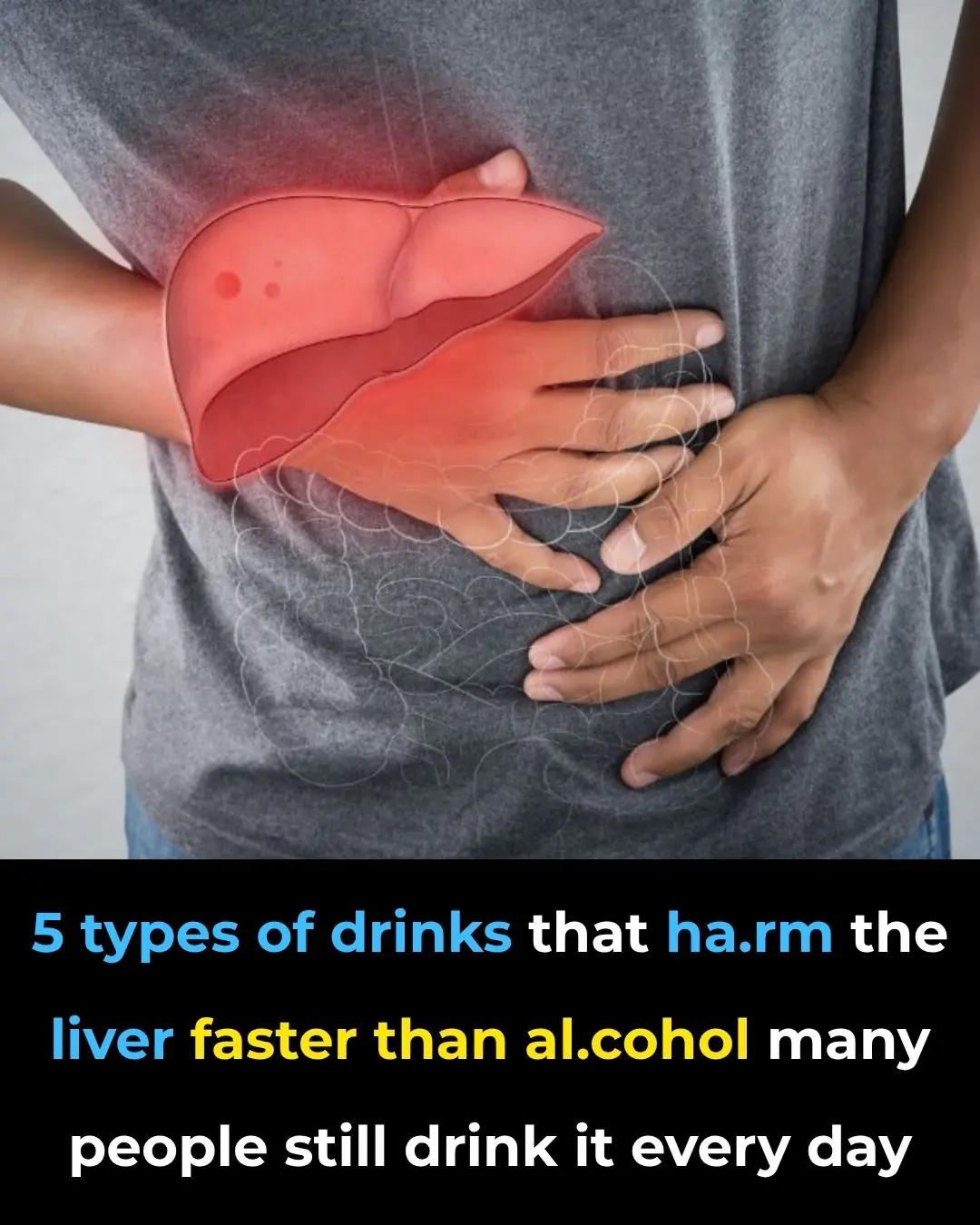
5 Common Drinks That Can Damage Your Liver Just Like Alcohol
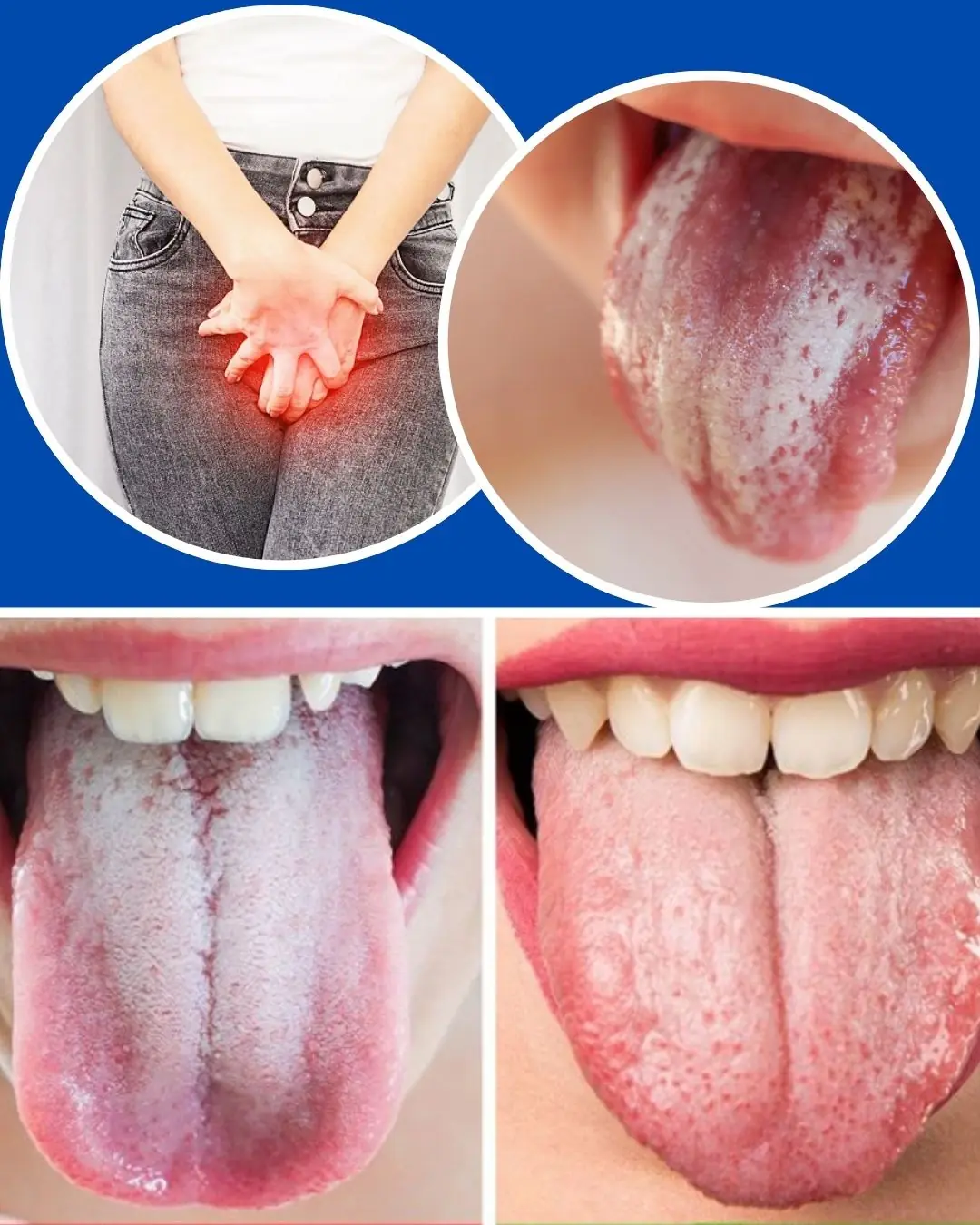
Listen to Your Tongue: 11 Subtle Health Messages It Sends Health June 11, 2025 Updated: June 11, 2025
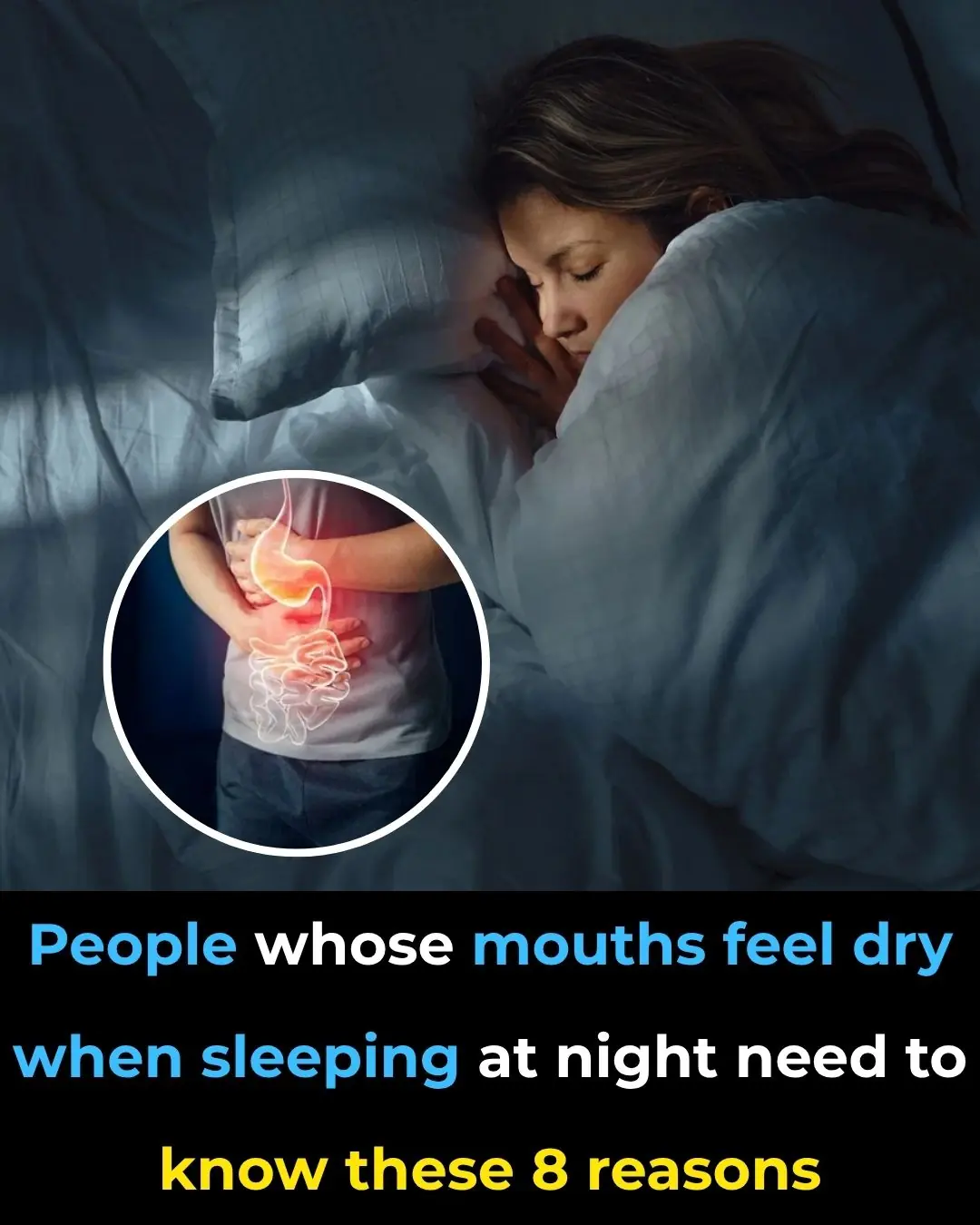
If your mouth feels dry at night, here are 8 reasons why
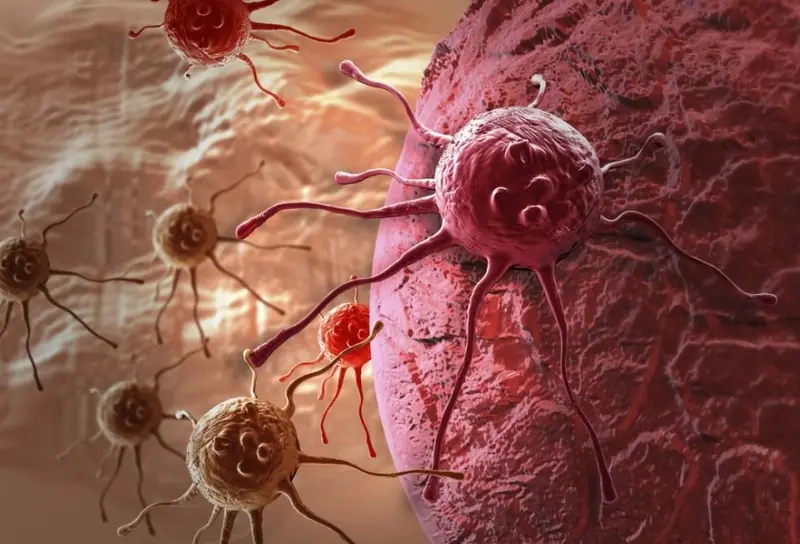
Two itchy areas on the body could be a sign of liver cancer — but many people mistake it for an allergy
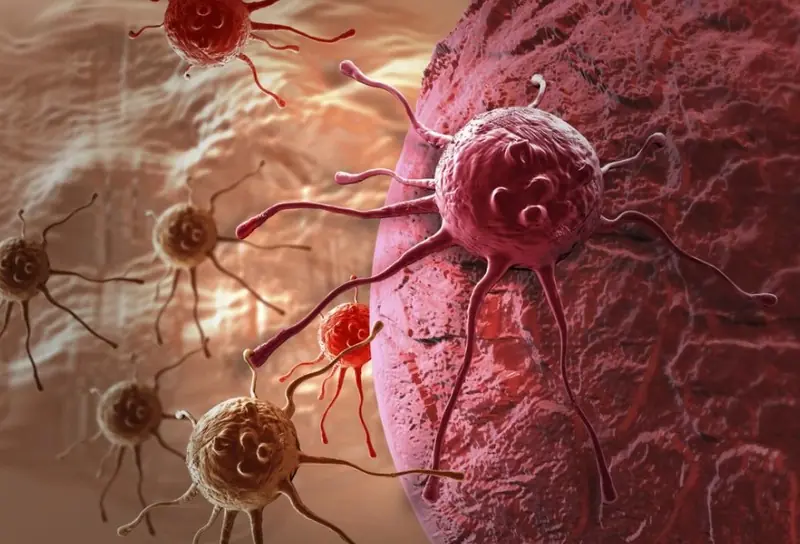
GOOD NEWS: The U.S. Has Successfully Tested a 'Miracle Drug' That Destroys 70 Types of Cancer

Say Goodbye to Dead Skin on Your Feet with These Simple Natural Remedies

Sleeping Trick? Why Sticking One Foot Out Actually Works

12 Urgent Warning Signs That You’re Not Getting Enough Vitamin D
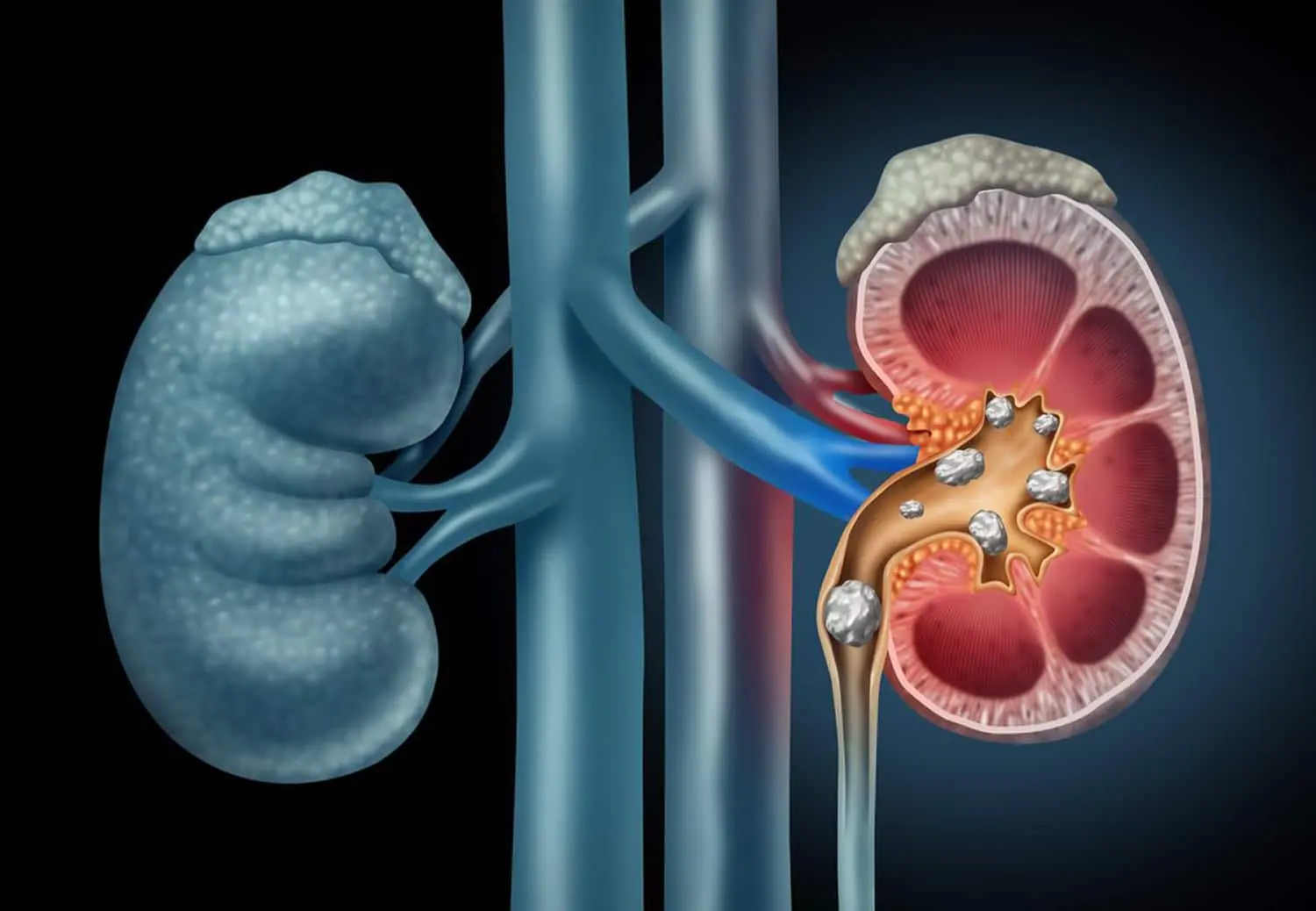
Top 10 Signs of Kidney Problems You Absolutely Must Be Aware Of

The Olive Oil Fasting Trick That Resets Insulin Resistance — and Triggers Deep Cellular Cleanup

What Really Happens When You Eat Garlic at Night

Apple Extract Found to Kill Colon Cancer Cells More Effectively Than Chemotherapy Drug

Scientists reveal that consumption of TOMATO causes
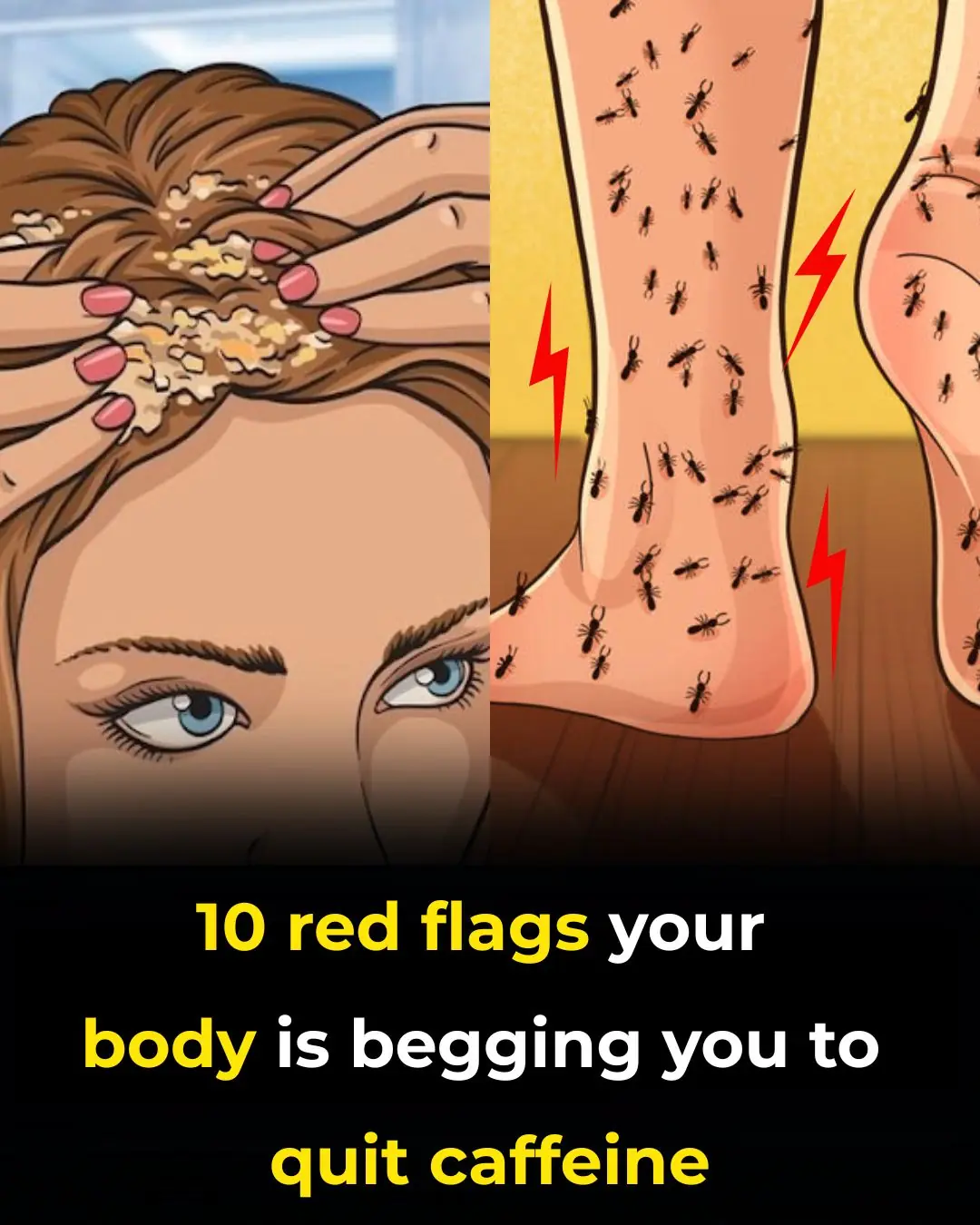
10 Red Flags Your Body Is Begging You to Quit Caffeine

5 great foods that should not be stored in the refrigerator - the risk of aflatoxemia that causes cancer
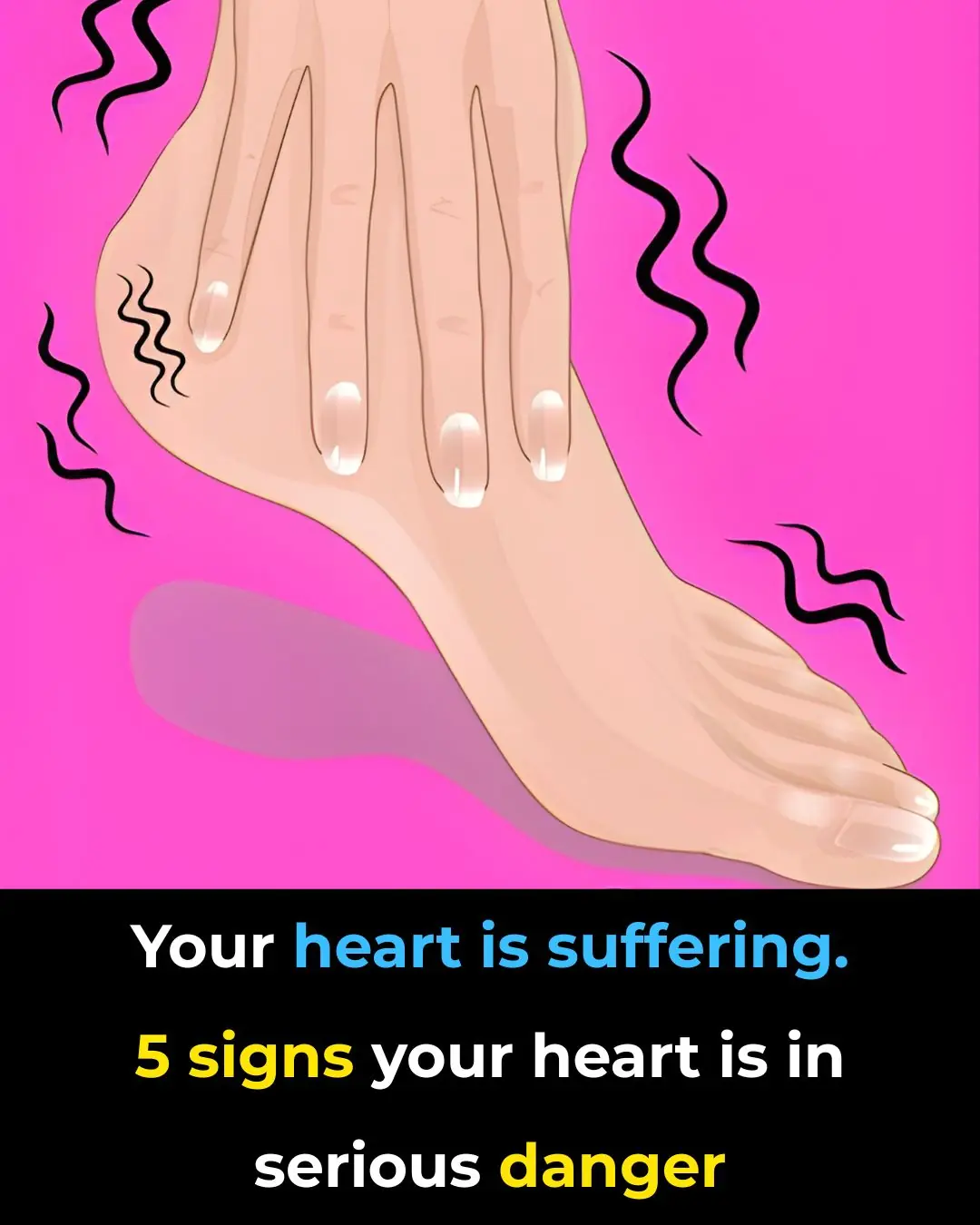
❤️ 5 Subtle Signs That May Suggest Heart Trouble – And When to See a Doctor
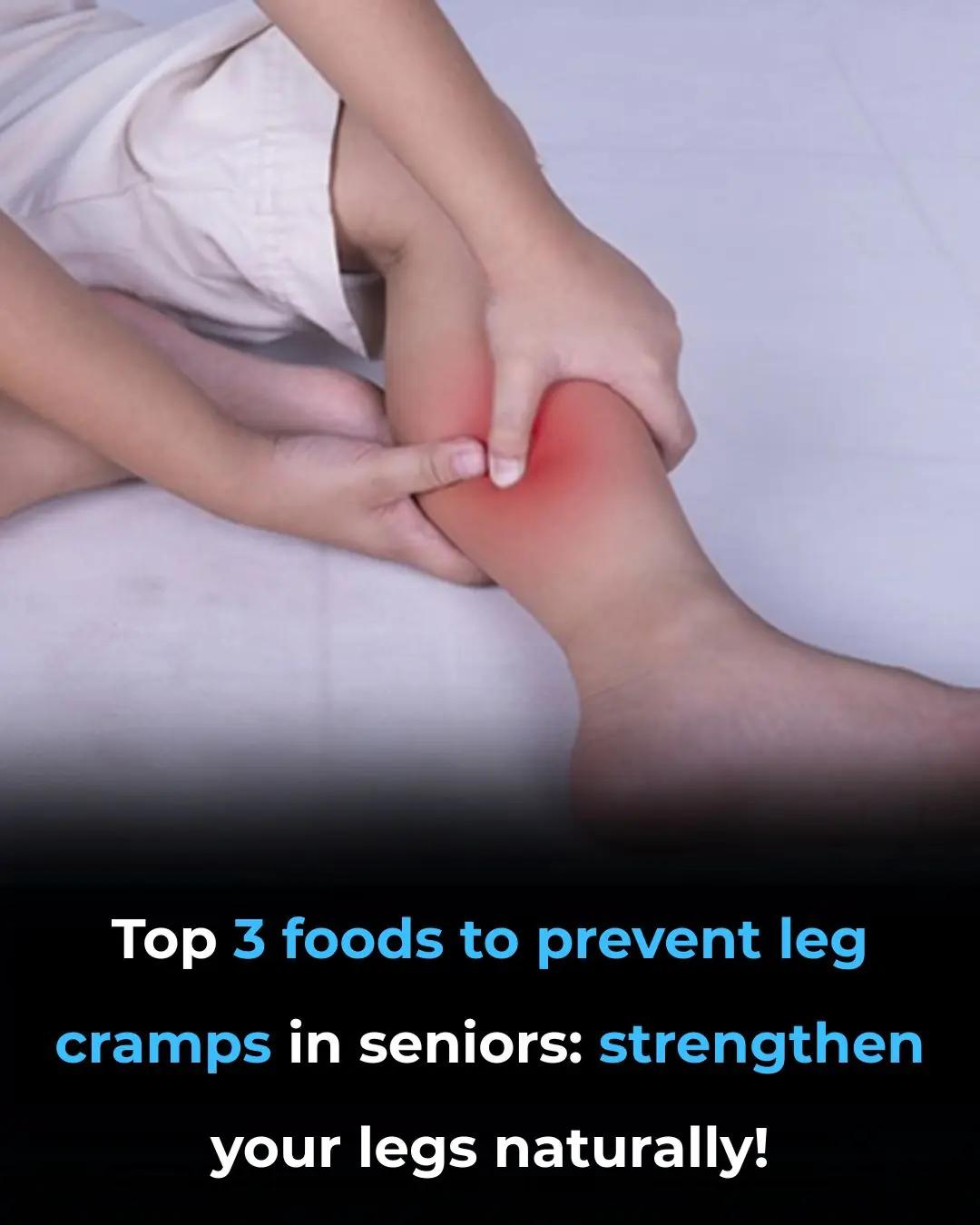
Eat these 3 foods to strengthen them…
News Post

Truth behind K Pop star's bizarre $4.5 quadrillion 'lawsuit' making her richer than Elon Musk

Calls for chess Grandmaster to be permanently banned after he 'harassed' 29-year-old champion weeks before death
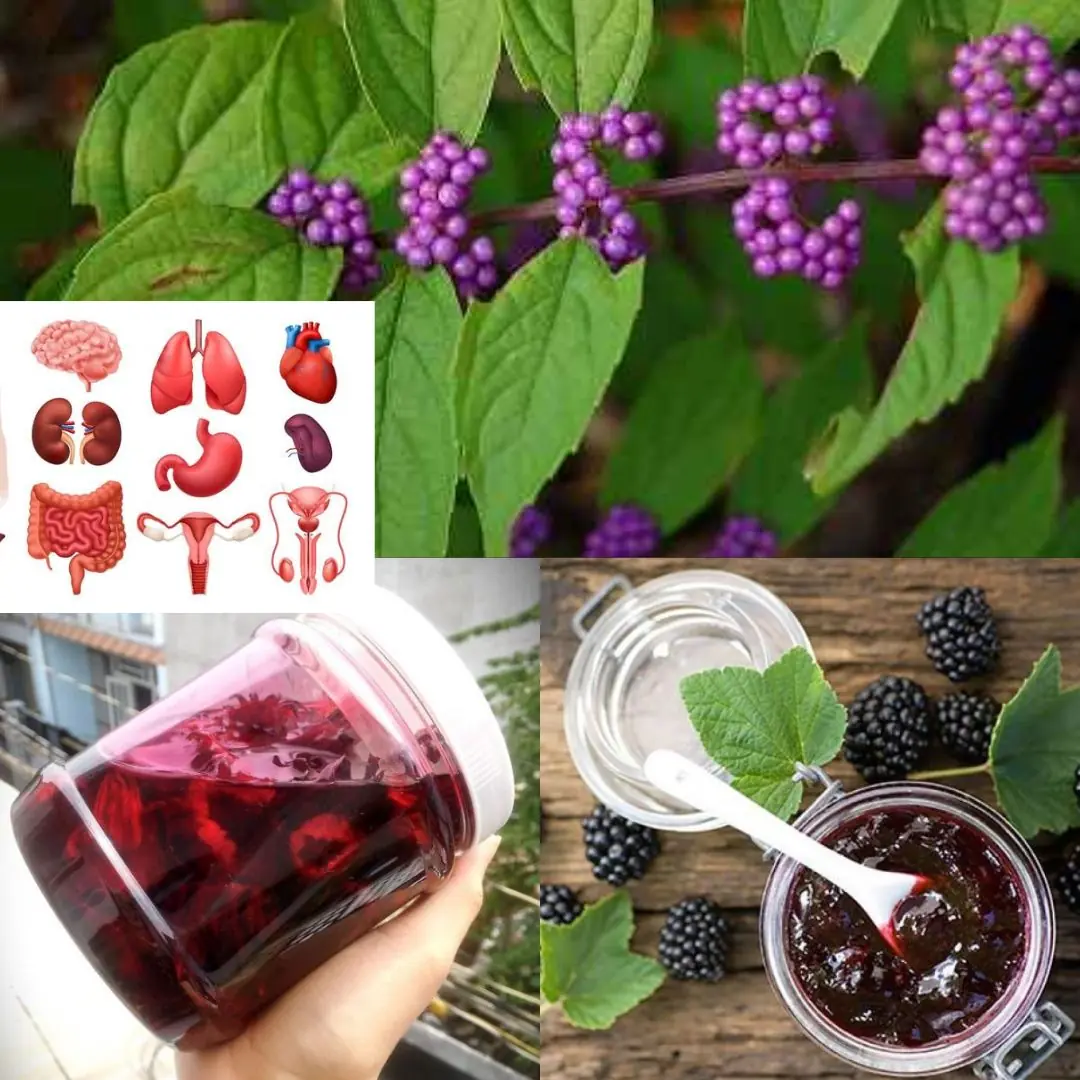
American Beautyberry (Callicarpa americana): Benefits and How to Use It
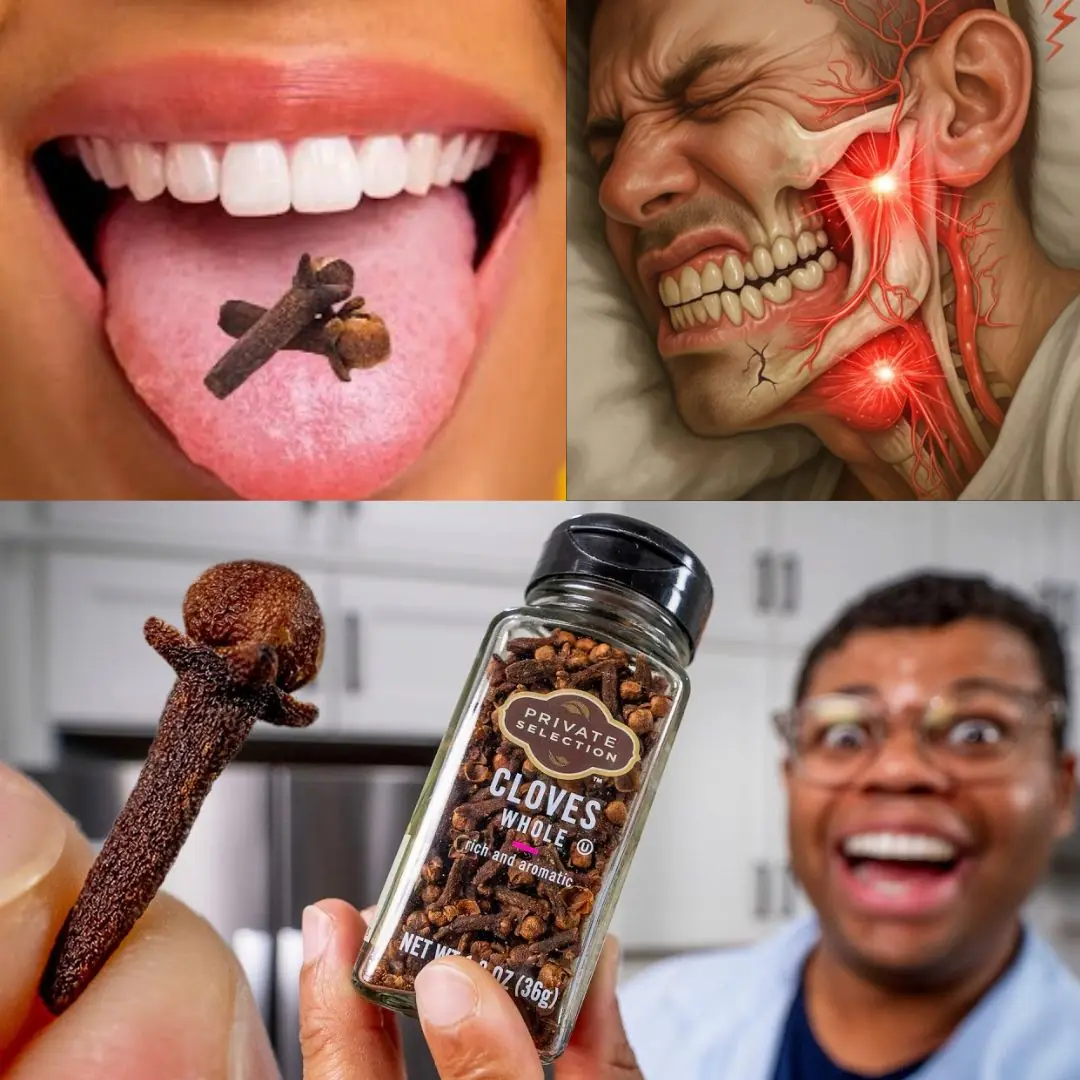
Holding Cloves in Your Mouth: A Natural Way to Relieve Toothache
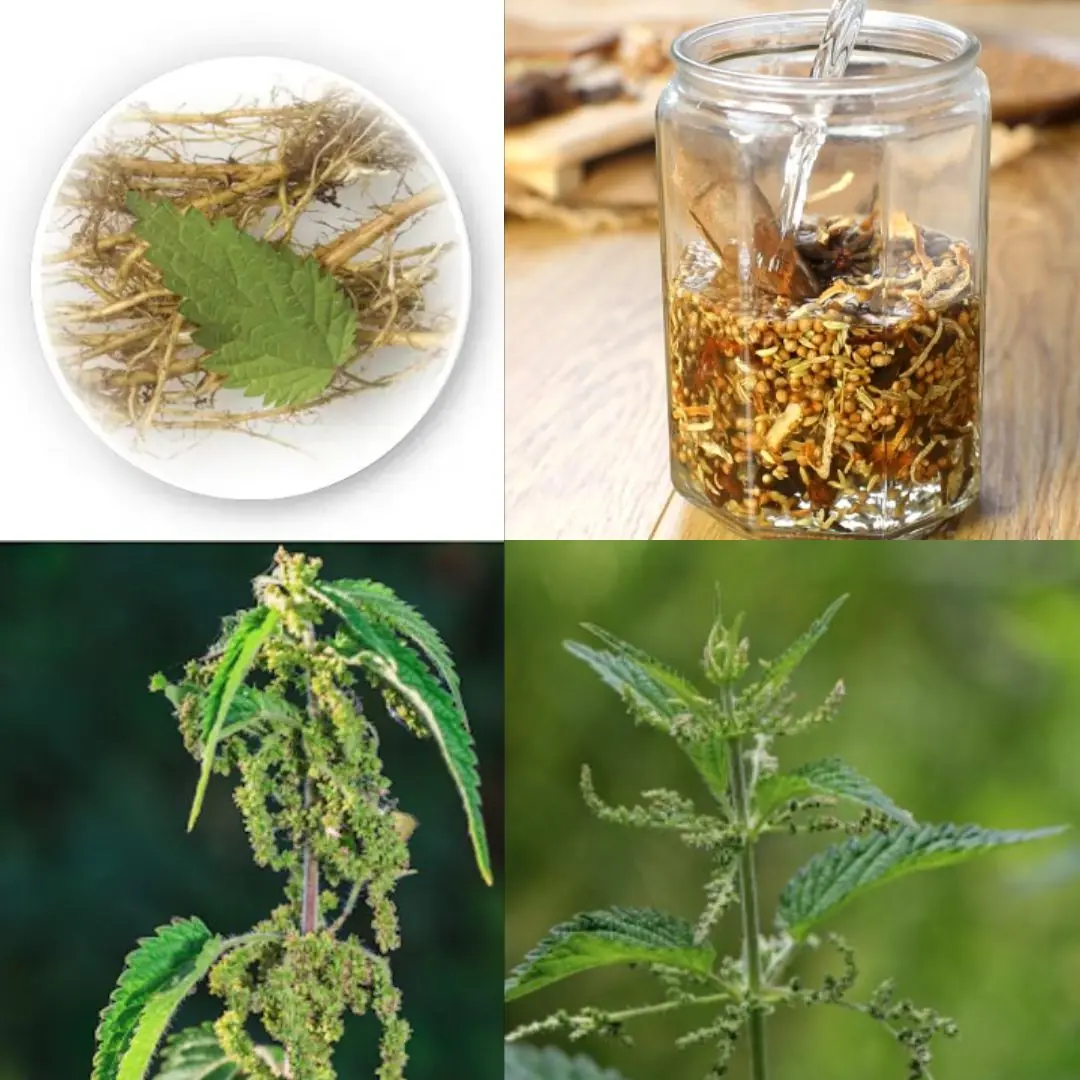
Everybody Hates Stinging Nettle, But Most People Don’t Know the Power of Its Root
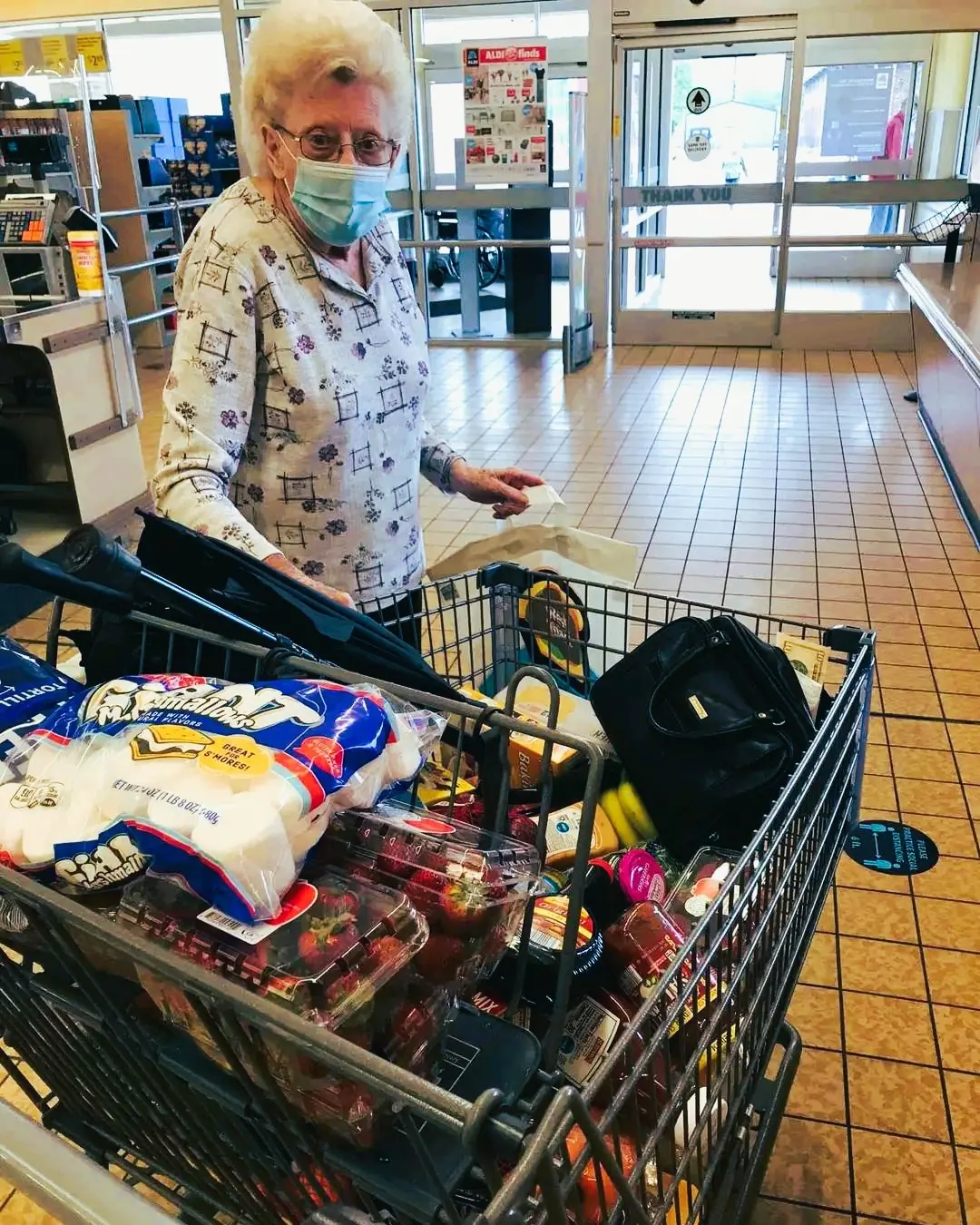
A Grocery Store Encounter That Turned Into Something More

A Waitress Said “No” — And Changed a Mother’s Night Completely
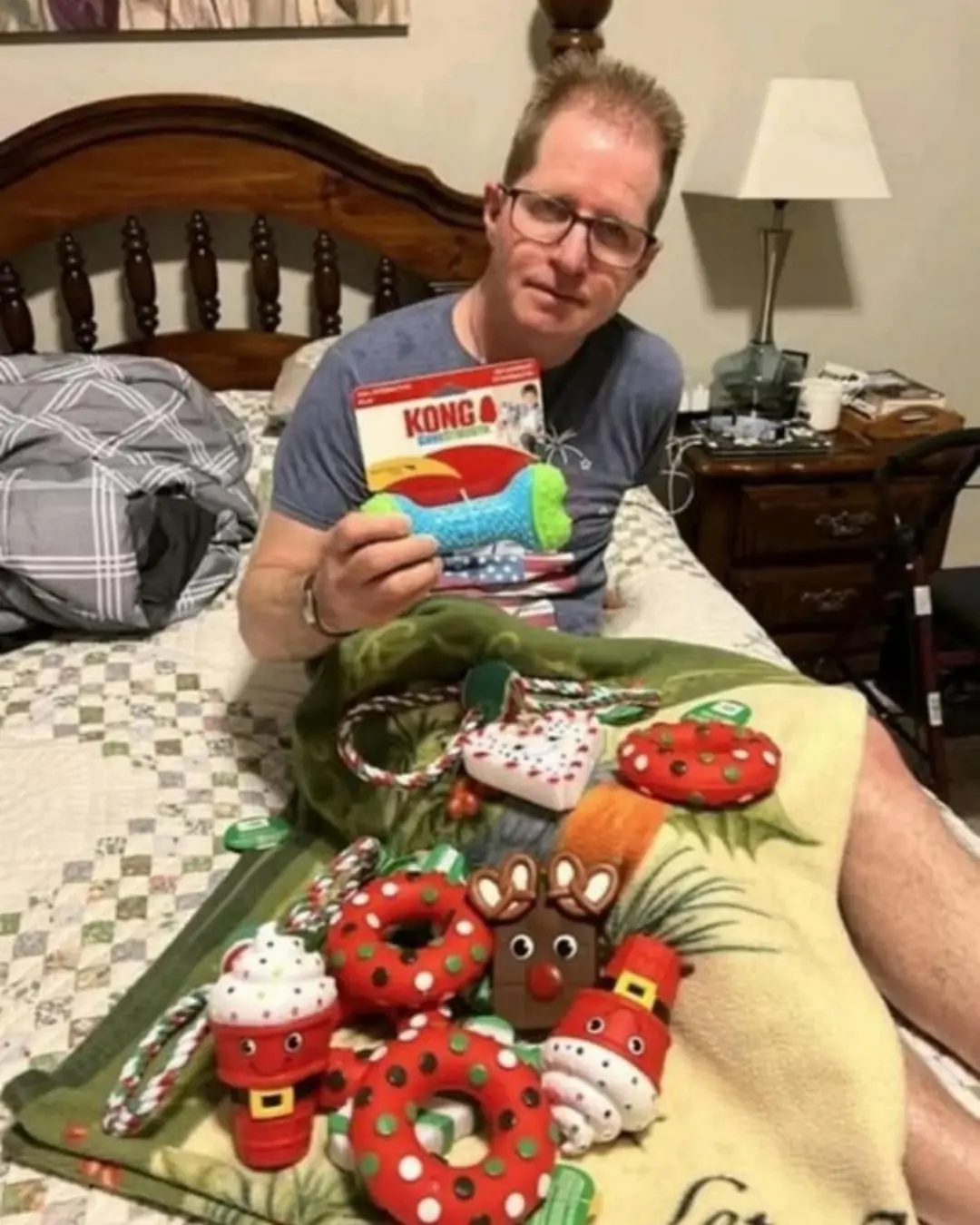
The Secret Santa Who Gives All Year Long — And the Ripple of Kindness He Started
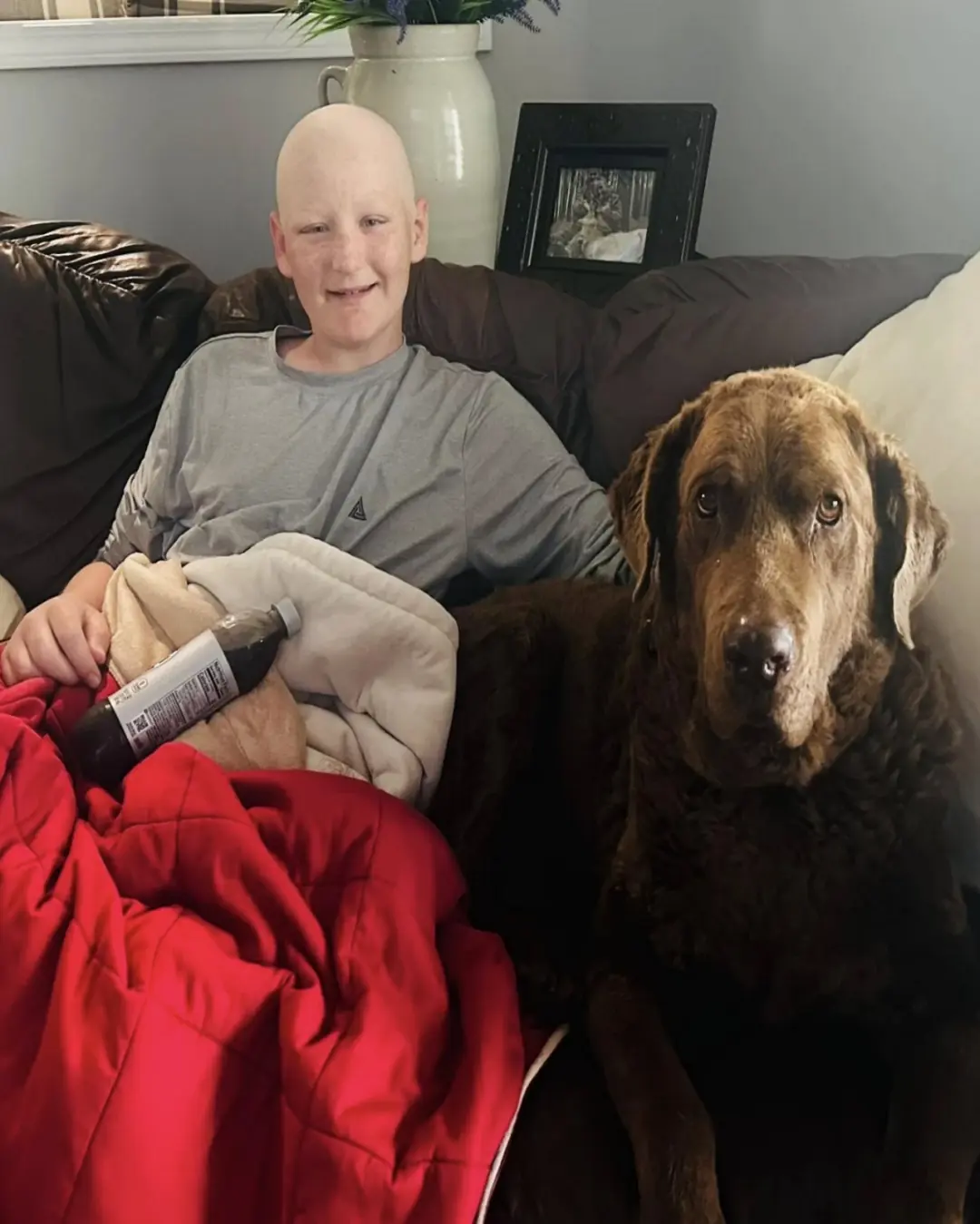
Will’s Best Sunday Ever: A Brave Teen’s Return Home

A Single Gesture That United a Crowd in Emotion

Agatka’s Fight: A Little Girl’s Battle With Severe Aplastic Anemia

Laika’s Last Journey: The Little Dog Who Touched the Stars

The Long Road Home: Max’s Journey Back to Love.

A Small Act of Kindness in Athens.

From the Cold Rain to a Warm Home.

Wild Elephant Chases Tourists in Bandipur Forest: One Injured in Close Call

A Ride Home, A Lesson in Humanity.

What a Hero: The Unyielding Spirit of Josephine Margaret Pescatore.
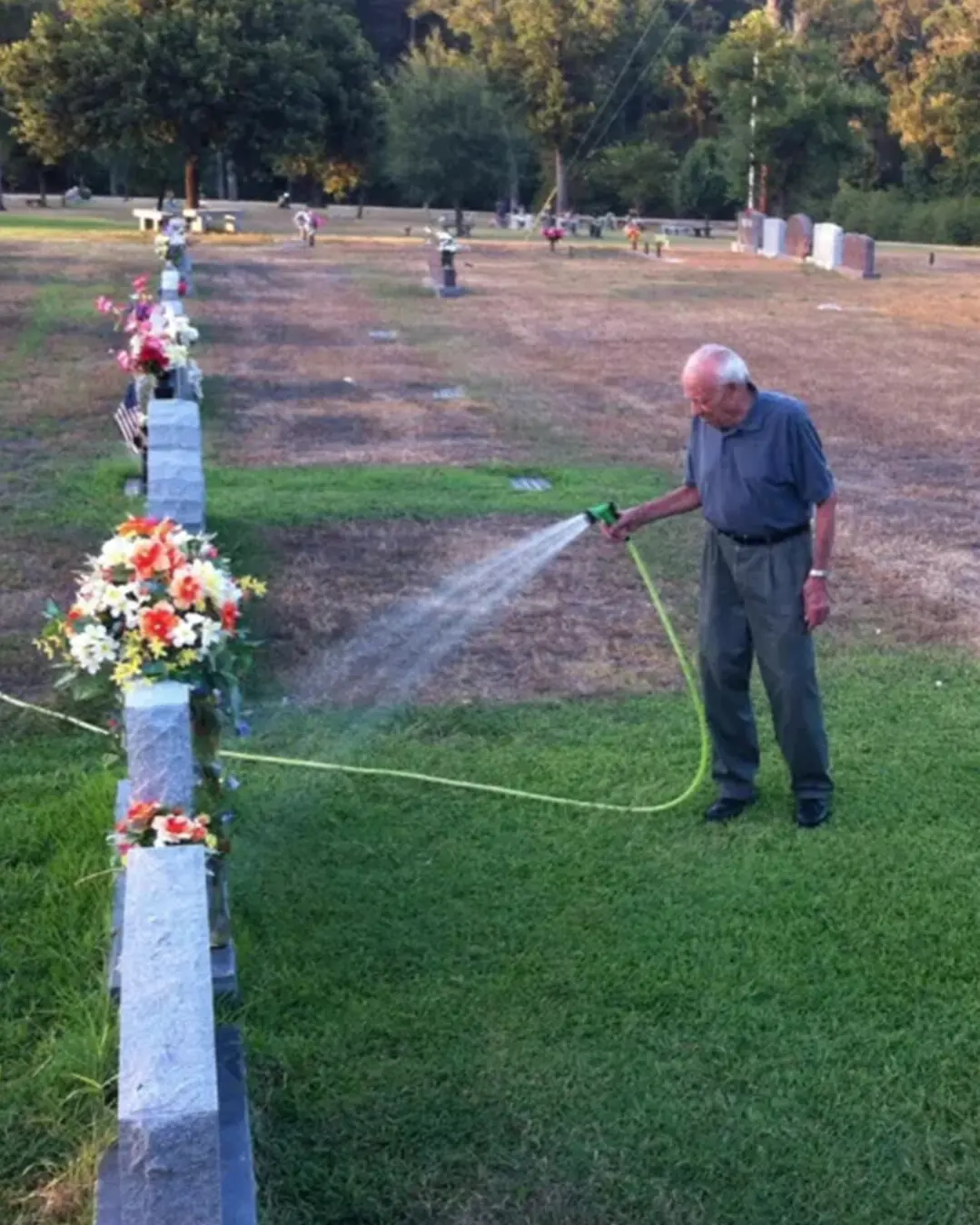
Jake’s Roses of Love and Respect.
